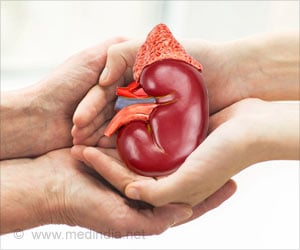Experts have described as a ‘new dimension in treating chronic back pain’ a pioneering experiment that transplants slip discs from donor cadavers, into suffering patients.
Experts have described as a ‘new dimension in treating chronic back pain’ a pioneering experiment that transplants slip discs from donor cadavers, into suffering patients.
The first successful human disc transplant which took place in Hong Kong by doctors led by Professor Keith Luk of the University of Hong Kong and the Navy General Hospital Beijing, is now offering help to millions who suffer from chronic back pain.Discs known as the shock absorbers of the spine, consist of cartilage that cushions the individual movements of vertebral bones.
When the discs wear away or are damaged by disease, the bones press on nerves, which can cause pain and restrict movement.
Degenerative disc disease can produce serious problems with balance and mobility as well as neurological problems such as loss of bladder control.
More than 20,000 operations a year are carried out in England for degenerative back problems. But current methods do not offer guarantees that the pain will go or that it will not recur. These methods include spinal fusion - which surgically joins bones in the spine, making them rigid - or artificial material to replace the defective discs.
In some cases these methods can even cause further degeneration of the discs above and below the area most affected.
Advertisement
Within three months the donor discs had successfully bedded in with existing spinal disc tissue.
Advertisement
Says Dr. Dike Ruan who helped with the operations, after experimenting on animals: "With further refinements, such transplants could be an effective treatment for degenerative disc disease."
Yet Dr. Ruan admits it would be a "challenge" to extend the technique-to the lower spine - where the majority of disc problems occur - because of anatomical problems and the immense loading pressures on this area.
Source-Medindia
ANN







